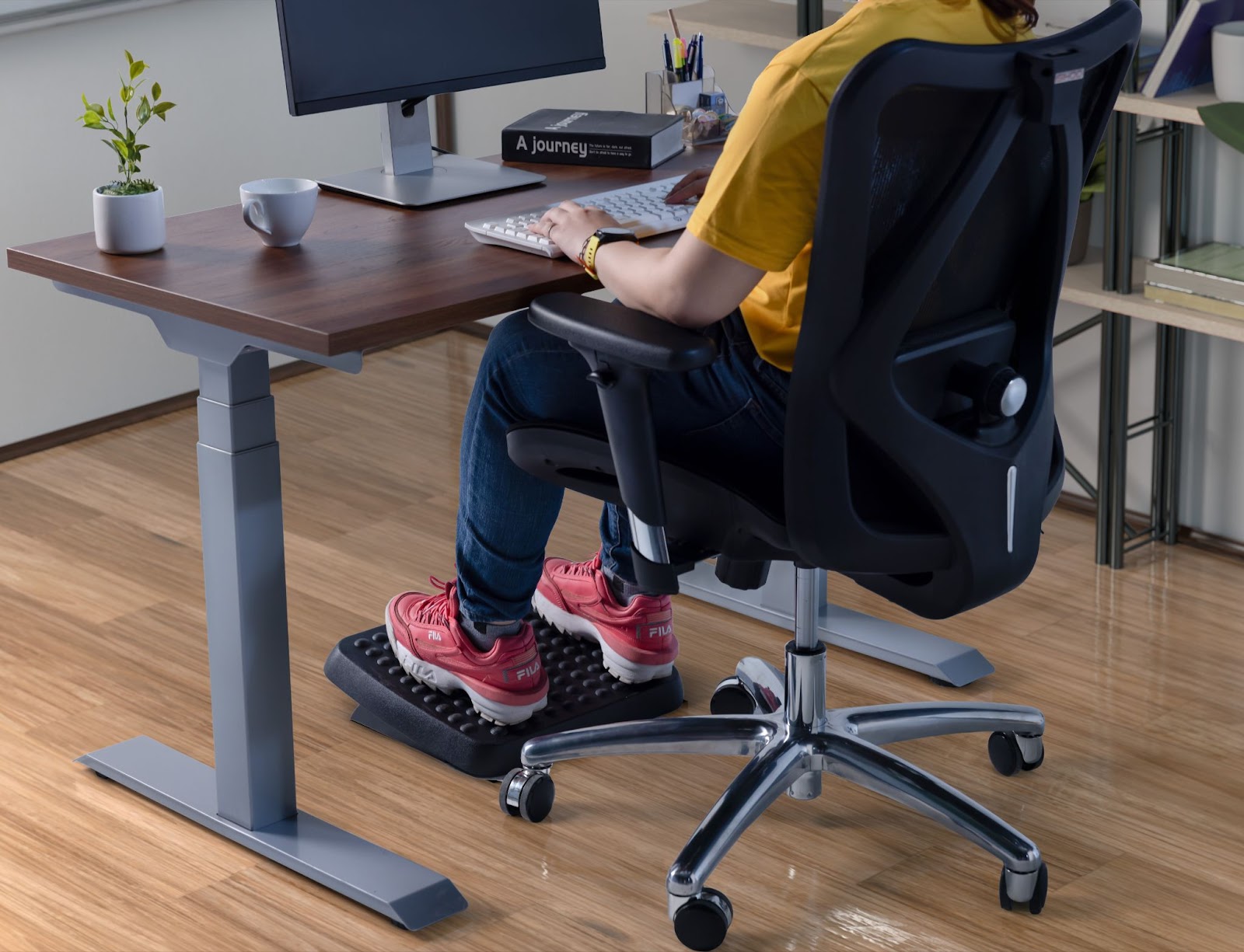While we appreciate the developing COVID-19 situation globally, employers must look back and ensure they are travelling on the same road as the government towards making the business and country safe. In this blog, we will discuss US ergonomics requirements, key legislation and guidelines to be followed in the United States of America as it overcomes the ever-challenging COVID-19 development globally.
United States of America Ergonomics Requirements
The Occupational Safety and Health Administration (OSHA), is the arm of the US Department of Labour, policing the Occupational Safety and Health Act of 1970, to ensure safe and healthful working conditions for working men and women by setting and enforcing standards and by providing training, outreach, education, and assistance.
There is currently no legislation governing the applicable use of ergonomics in the workplace however there is an Ergonomics Standard designed by OSHA which is effective since 16 Jan 2001. Although guidelines are advisory and do not create new employer obligations, employers still have a duty under the Occupational Safety and Health Act, Section 5. Duties—General Duty Clause, where employers;
(1) shall furnish to each of his employees’ employment and a place of employment which are free from recognized hazards that are causing or are likely to cause death or serious physical harm to his employees.
(2) shall comply with occupational safety and health standards promulgated under this Act.
The Ergonomics Standard provides useful information to prevent Work-Related Musculoskeletal Disorders (WRMSD) at the workplace, which affect the muscles, nerves, blood vessels, ligaments and tendons caused by lifting heavy items, bending, reaching overhead, pushing, and pulling heavy loads, working in awkward body postures, and performing the same or similar tasks repetitively. WRMSDs are also referred to as cumulative trauma disorders, repetitive strain injuries, or repetitive motion illnesses.
United States of America Environmental Health and Safety Requirements
All businesses based in the United States of America are to abide by the Occupational Safety and Health Act of 1970. The Act requires all employers to undertake several duties of which some of the key ones highlighted here:
- Provide a workplace free from serious recognized hazards and comply with standards, rules and regulations issued under the OSH Act.
- Establish and maintain a Health and Safety Program and communicate them so that employees follow safety and health requirements.
- Perform Job Hazard Analysis (JHA) and periodically review it. The JHA should be based on the priority as listed:
- Jobs with the highest injury or illness rates.
- Jobs with the potential to cause severe or disabling
- injuries or illness, even if there is no history of previous accidents.
- Jobs in which one simple human error could lead to a severe accident or injury.
- Jobs that are new to your operation or have undergone changes in processes and procedures; and
- Jobs complex enough to require written instructions.
- Report to the nearest OSHA office all work-related fatalities within 8 hours, and all work-related inpatient hospitalizations, all amputations and all losses of an eye within 24 hours. Call our toll-free number: 1-800-321-OSHA (6742); TTY 1-877-889-5627. [Employers under federal OSHA’s jurisdiction were required to begin reporting by Jan. 1, 2015. Establishments in a state with a state-run OSHA program should contact their state plan for the implementation date].
- Keep records of work-related injuries and illnesses. (Note: Employers with 10 or fewer employees and employers in certain low-hazard industries are exempt from this requirement.
- Section 8 of the Act covers reporting requirements. All employers must report to OSHA within eight hours if an employee dies from a work-related incident, or three or more employees are hospitalized as a result of a work-related incident. Additionally, all fatal on-the-job heart attacks must also be reported.
- Employers must also communicate with employees about hazards in the workplace.
- OSHA also requires employers to report on every injury or job-related illness requiring medical treatment (other than first aid) on OSHA Form 300, “Log of Work-Related Injuries and Illnesses” (known as an “OSHA Log” or “Form 300”). An annual summary is also required and must be posted for three months, and records must be kept for at least five years.
Current Legislation
President Trump has unveiled Guidelines for Opening Up America Again, a three-phased approach based on the advice of public health experts. These steps will help state and local officials when reopening their economies, getting people back to work, and continuing to protect American lives.
What can you do as an Employer to ensure compliance?
Develop and implement appropriate policies, in accordance with Federal, State, and local regulations and guidance, and informed by industry best practices, regarding:
- Social distancing and protective equipment
- Temperature checks
- Sanitation
- Use and disinfection of common and high-traffic areas
- Business travel
Monitor workforce for indicative symptoms. Do not allow symptomatic people to physically return to work until cleared by a medical provider.
Develop and implement policies and procedures for workforce contact tracing following employee COVID+ test.
Communication channels
- Regular update to staff on updates on work arrangements or other useful information via appropriate channels, i.e., Intranet, emails, virtual town hall meetings, etc.
Keeping updated with legal updates is as important as having to comply with them. It is a chargeable offence to be non-compliant which can result with penalty along with jail term depending on the severity of the event.
How can Fit for Work help?
To learn more about setting up or managing an ergonomics programme that supports staff working from home or in the office or support with staying legally compliant, you can reach out to Fit for Work. For more information on our Ergonomics Self-Assessment and Education Tool, contact us.



